The best place to take in the shimmering waters of Chile’s Lake Llanquihue and the snow-covered peak of Osorno Volcano is at the end of Muelle Frutillar, or Frutillar Pier. Tourists venture to this idyllic city for the stunning views, the boating, and the cool, dry mountain air. They also come to this sweet spot in Chile for German bratwurst and beer.
Some 12,500 miles from Deutschland, in a country whose official language is Spanish, Frutillar (pronounced “Frutijar”) confusingly has German-language road signs, and its charming half-timbered houses more closely resemble a ham- let in the Alps than a village in the Andes. Since the 1800s, a thriving German population has grown around the Lake District in Llanquihue—the result of immigration policies that targeted, enticed, and welcomed them here.
In the mid-nineteenth century, it was believed that Germans would bring cultural sophistication to the region. A small group of Chilean locals also were hopeful that the Europeans would bring modern farming methods that would expedite the development of their lake district. But how to convince them to make such an epic journey?
German expatriate Bernardo Philippi was tasked by the government with attracting people from his homeland to resettle in southern Chile. Looking out over the lake, Philippi observed how similar the landscape was to that of the Alps (albeit with palm trees and volcanoes), and wrote home with picturesque descriptions of the distant land: “The water of this lake is as clear as that of Geneva
in Switzerland…It has the snowy Alps: the Andes Mountains…” These letters, combined with promises of cheap land provided by the Chilean government, convinced more than 6,000 German immigrants to emigrate and settle around Lake Llanquihue.
It seemed that Chile’s immigration policy aimed at populating its southern territories had been a success. However, the lake district had already been populated for centuries by the indigenous Mapuche people. Much of what was offered to the Europeans rightfully belonged to them, and inevitably, conflict ensued. In short order, the Mapuche declared war against the colonizers, but the uprising was extinguished.
Within a century, and as a silver lining to this all-too-familiar tale of land-snatching, a great number of German Jews fled to Chile before and during the Holocaust and successfully sought refuge, ultimately helping to cultivate greater prosperity in the region.
Frutillar continues to proudly promote its German heritage, with bakeries, breweries, schools, and churches. The distinctive Muelle Frutillar was built in 2008, in the style of the German docks that were built along the shores of Lake Llanquihue by its first European settlers. Should you find yourself standing on the pier, looking out at the stunning lake, or wandering through the town, marveling at the unusual Chilean German cultural mix, take comfort in your security. At all times, the city is watched over by all-knowing—and hopefully inactive—volcanoes.
 -41.128512, -72.820762
-41.128512, -72.820762

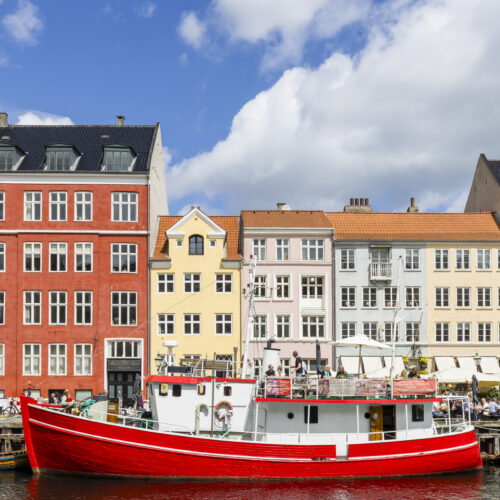

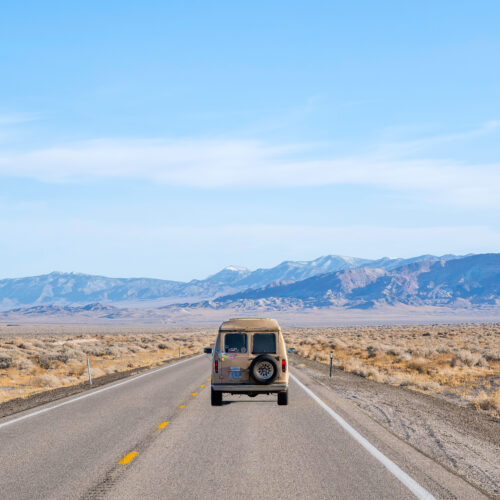
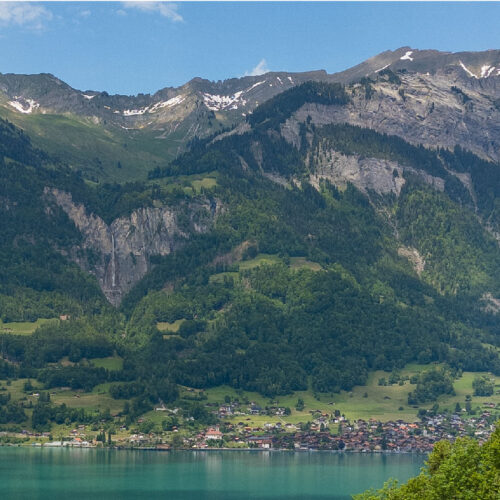
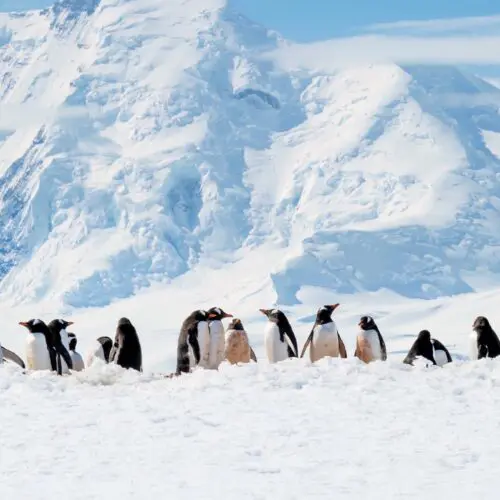














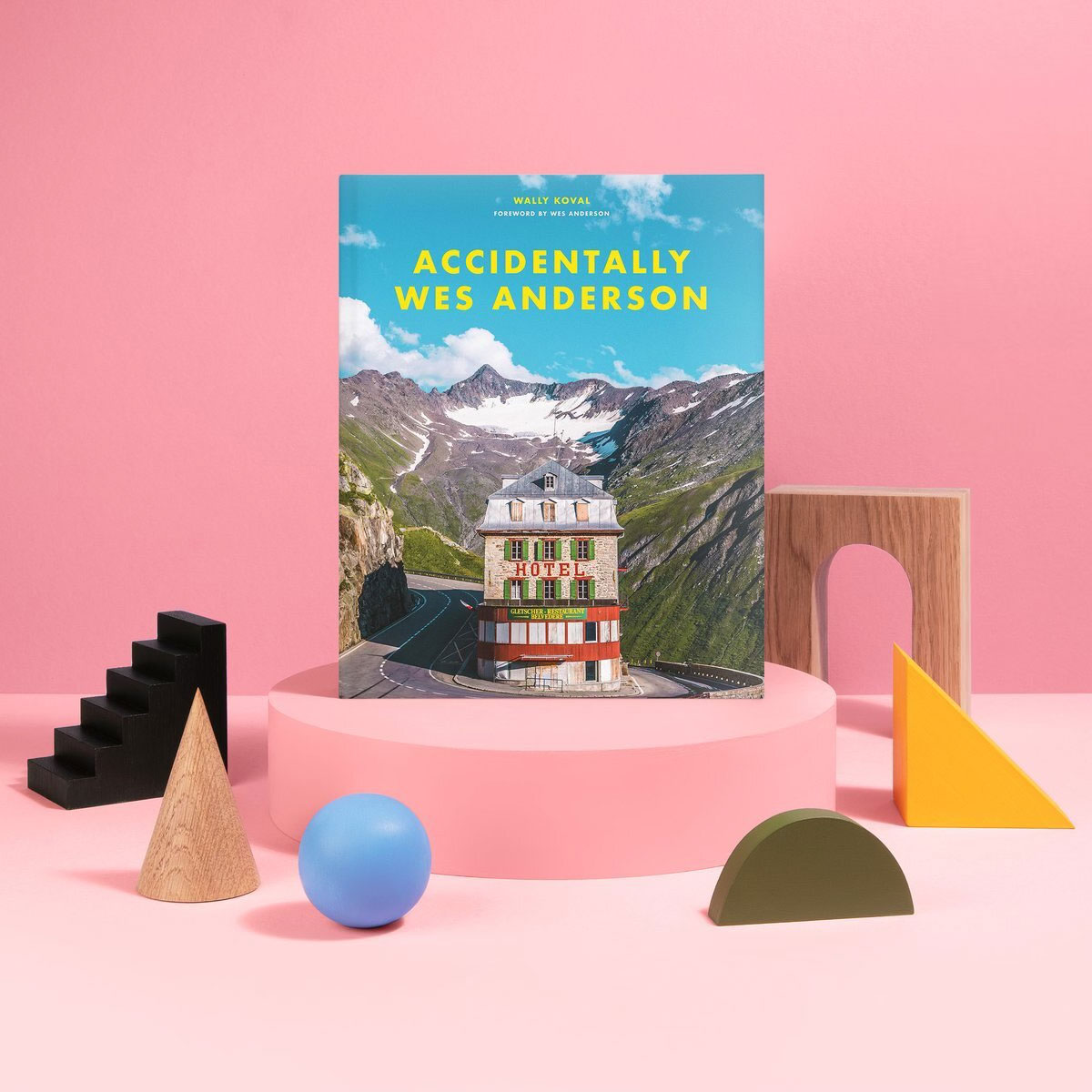



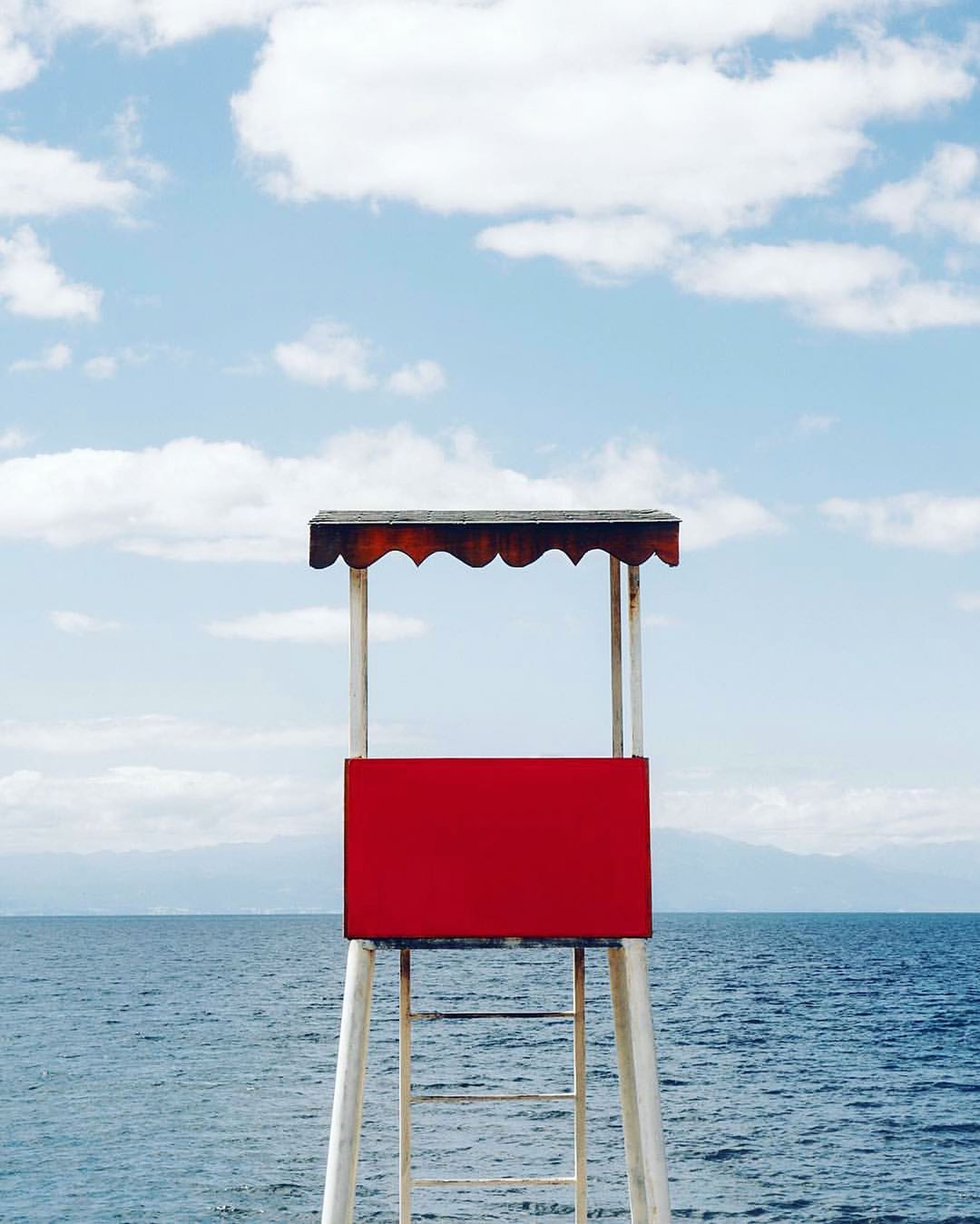




Know more? Share with the community!
Submit Your ImageLogin/Sign Up.